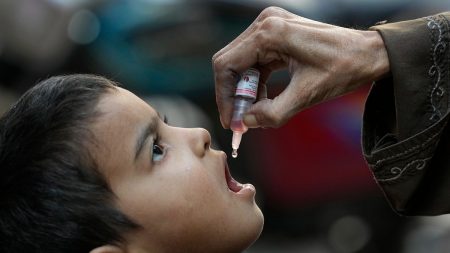The prevalence of gender-affirming care, including puberty blockers and hormone therapy, among transgender and gender-diverse youth in the United States is remarkably low, according to a comprehensive analysis of over five million adolescents. This large-scale study, published in JAMA Pediatrics, challenges the often-politicized narrative surrounding the accessibility and frequency of these treatments. The data reveals that only a small fraction of adolescents who identify as transgender or gender-diverse receive these interventions, underscoring the rigorous evaluation process and individualized approach to care. The study provides crucial empirical evidence to inform the ongoing public debate surrounding the medical care of transgender youth.
The study found that among 13-to-17-year-olds, approximately 300,000 identify as transgender or gender-diverse. However, the prescription rates for puberty blockers and hormones are significantly lower than this overall figure. For every 100,000 biologically female teens, only 20.81 received puberty blockers, compared to 15.22 for biologically male teens. Similarly, hormone therapy was prescribed to 49.9 per 100,000 biologically female teens and 25.34 per 100,000 biologically male teens. These figures highlight the relatively infrequent use of these medical interventions, even among adolescents who identify as transgender or gender-diverse. Furthermore, the study found no instances of hormone treatment for children under 12, reinforcing the cautious and age-appropriate approach taken by healthcare professionals.
The researchers, from Harvard University and FOLX Health, emphasize that access to these treatments involves a comprehensive evaluation process, ensuring that medical interventions are considered only after careful consideration and in appropriate cases. The study’s findings align with previous research demonstrating the rarity of gender-affirming surgeries among minors. This collective evidence counters the perception that gender-affirming care is readily available or over-prescribed to young people. Rather, it suggests a cautious and measured approach by healthcare providers, prioritizing the individual needs and well-being of each adolescent.
The debate surrounding gender-affirming care has become increasingly politicized, particularly in the United States. While advocates champion these treatments as life-saving for transgender youth, opponents argue for restrictions, often citing concerns about potential long-term effects and the appropriateness of these interventions for minors. This polarization has led to legislative restrictions in numerous US states, making access to care increasingly difficult for transgender youth. These restrictions often contrast sharply with the approach taken in many European countries, where access to gender-affirming care is generally more readily available, although debates and evolving guidelines exist within individual countries.
The study’s findings provide valuable context for this ongoing debate, highlighting the relatively low prevalence of these treatments and the rigorous processes involved in their provision. The researchers argue that the politicization of this issue often overshadows the nuanced reality of transgender healthcare, where decisions are made on a case-by-case basis, taking into account the individual needs and circumstances of each young person. The data emphasize that puberty blockers are not prescribed indiscriminately but rather as part of a comprehensive and individualized care plan, reflecting a considered and cautious approach.
The transatlantic divergence in approaches to gender-affirming care for minors highlights the complex ethical, medical, and societal considerations surrounding this issue. While some European countries have adopted more restrictive guidelines, particularly regarding puberty blockers, the US has seen a wave of legislative restrictions that severely limit access to care in many states. This contrast underscores the varying perspectives on the appropriate balance between supporting transgender youth and exercising caution regarding medical interventions. The study’s findings contribute important data to this ongoing discussion, offering a more nuanced understanding of the actual prevalence of these treatments and the context in which they are provided. It underscores the need for evidence-based, patient-centered approaches that prioritize the well-being of transgender youth while addressing legitimate concerns about the long-term effects of medical interventions.














